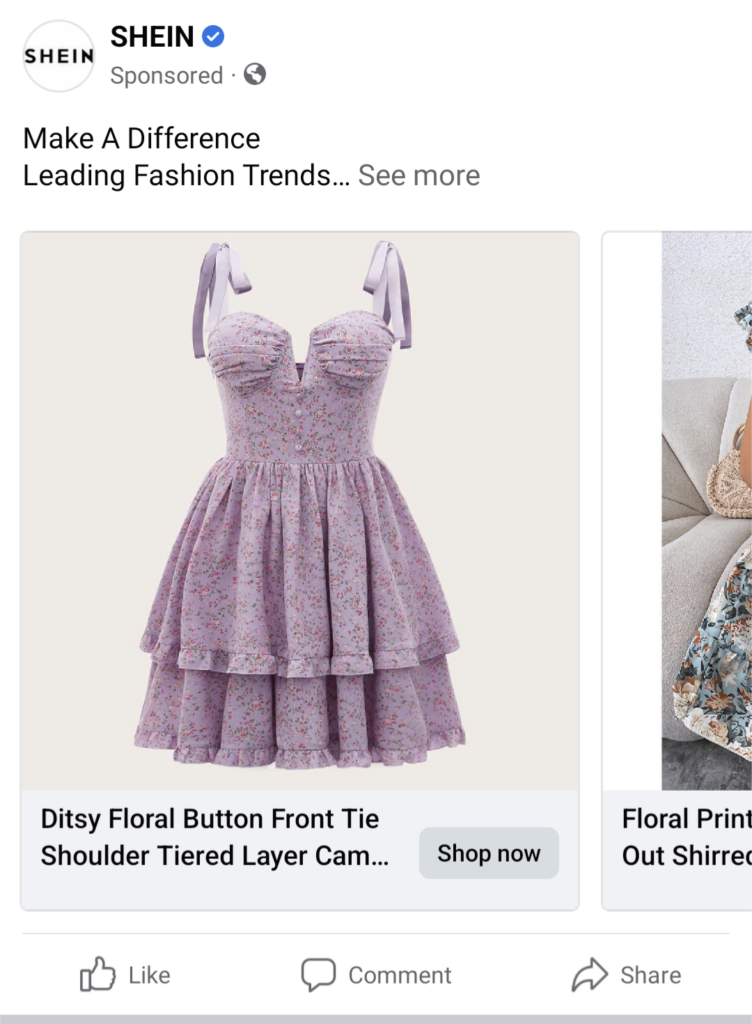The easy e-commerce customer journey checklist
Make the e-commerce customer journey mapping process easy with this checklist.

Make the e-commerce customer journey mapping process easy with this checklist.

If you run an e-commerce business, you know that success amounts to much more than the final sale. You have to consider the entire customer journey from start to finish.
In fact, American businesses lose around $35.3B every year due to customer churn from avoidable customer experience issues. Mapping out your customer journey helps you figure out the high points of your business communications and the gaps where you’re at risk of losing customers.
Here at SimpleTexting, we’ve seen a lot of e-commerce brands revamp their customer experience and see major boosts in retention, revenue, and efficiency (check some of their stories out if you’re curious). I’ll break the process down step-by-step for you here.
TABLE OF CONTENTS
The e-commerce customer journey is all of your customers’ steps as they engage with your business, from first look to final sale.
In general, the customer journey can be broken down into five steps.
It’s important to take a close look at all of those steps and be intentional about what they are so each customer has exactly the experience you want them to have as they shop with you.
You’ll need to know how your customers are finding you, what marketing messages they’re seeing as they browse your store, what products they’re looking for, and how you can help them buy.
To attract more customers to your online store, you’ll need to consider ways to increase Awareness.
First things first: Before you start setting up ads and posting on social media, you should know who you’re trying to reach within the vast worldwide consumer base.
Don’t overthink this step. The biggest thing to consider is this: Who would benefit most from the products you’re selling? If you sell home improvement products, the hobby chefs out there probably aren’t buying from you, and so on.
Once you have a good idea of who you’re trying to reach, the next step is to decide on the best place to get their attention.
This could be:
Or anywhere else where you’ve noticed your intended audience gathering.

In the Consideration phase, you’re working to snag consumers who know what they’re looking for and have a few different options in mind for where to get it.
At this point, your focus should be on advertising your brand’s value and anything that makes you stand out among your competitors.
Look at your competitors’ websites and customer reviews to see where they fall short and which gaps you can fill. Then structure your messaging and any retargeting ads you set up to address those shortcomings.

Make sure your brand voice shines through. Let potential customers know that they can trust you, that you offer the best version of the product that they’re looking for, and that you can give it to them for the best price.
You guessed it, we’re moving on to the Acquisition phase.
It’s important to make sure any customers who do decide to buy have a smooth, convenient experience placing their order.
That means minimizing pop-ups on your checkout page and excessive fields for the customer to fill out, setting up fast, easy-to-access customer service options, and providing clear instructions to help your customers through the process.
Side note: It’s also worth investigating any abandoned carts you’ve encountered in the past to figure out why the customer left items in their cart and fix those touchpoints. You may be able to prevent lost revenue by addressing these reasons shoppers abandon their carts.
With those steps of the customer journey in mind, here’s your checklist to bring customers to your store during the awareness and consideration phases.
You’ve done it! Customers are pouring in and sales are soaring. The e-commerce customer journey doesn’t end there, though.
On to the Retention stage. Now that you’ve got customers buying from you, your goal is to keep them coming back and encourage them to help spread the word about your products.
Once your customers have found something in your store they love, stay in touch with them.

Send out emails or SMS (or both) with related products they might be interested in and special deals or coupons.
Take the previous tip one step further and incentivize repeat purchases with an ongoing loyalty or rewards program.
Offer rolling discounts at different purchase milestones or a free gift/free shipping after a certain number of orders.
You can also boost your brand reputation, engage your customers, and figure out how to improve your services and product offerings all at once by asking your buyers for feedback using a survey.
Alternatively, you can send customers a link to your favorite review site and ask them to post about their experience with your store. To sweeten the deal, you can even offer a small discount once they’ve posted their review.
Last but not least, let’s address the Advocacy point of the customer journey.
Once you’ve got feedback and rave reviews coming up about your store, use them to your advantage by quoting your best reviews in future social media posts and ads.
While you’re at it, ask your repeat customers to film a short video testimonial that you can use to draw in more customers. Social proof is powerful because, these days, personal recommendations stand out above the marketing noise consumers constantly see.
Once the sales start rolling in, follow these steps to create an efficient retention and advocacy flow that will keep current customers engaged and new ones interested.
It may sound overwhelming to think about all the moving parts involved in getting and keeping e-commerce customers.
If you’ve taken anything away from this advice, I hope it’s that designing an effective customer journey for your e-commerce store isn’t as intimidating or as technical as it sounds.
Meghan Tocci is a content strategist at SimpleTexting. When she’s not writing about SaaS, she’s trying to teach her puppy Lou how to code. So far, not so good.
More Posts from Meghan TocciSince 1994, B-Unlimited has been printing high-quality, custom apparel. Find out how text marketing empowered their team to increase sales and deliver a better customer experience.
ReadFrom automated delivery notifications to one-on-one customer service messages, learn all the benefits of delivery service text messages here.
ReadStart a text marketing campaign or have a 1-on-1 conversation today. It's risk free. Sign up for a free 14-day trial today to see SimpleTexting in action.
No credit card required